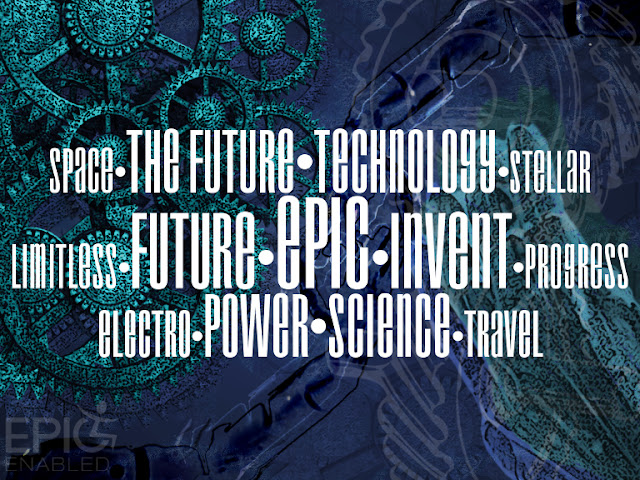Day 1
We depart from Cape Town at 7h30am (please refer to
Pre-Departure Information) and travel via pretty Hermanus (only in season)
which is famous for its miracle of nature as the Antarctic whales come into
Walkers Bay to calve (seasonal). Our route to Mossel Bay
Day 2
After a good breakfast we drive via George and the
picturesque Outeniqua Pass to the Mecca of South African ostrich farming –
Oudtshoorn. Here we visit one of the many Ostrich Show Ranches, the Cango
Wildlife Farm and an optional visit to the dripstone cave – Cango Caves* is
possible on request (optional cost as it is not wheelchair accessible at all).
After a leisurely drive back with breath-taking views we relax for the 2nd
night at Knysna/George.
(B)
Day 3
Today we drive via Knysna, trough Wilderness and the
Lake District, one of the world’s most picturesque drives. After a fascinating
stop at Knysna Head and a boat cruise* (weather dependant & optional extra
cost) on Knysna Lagoon we travel to the heart of the Garden Route – the
Tsitsikamma National Park - which embraces an 80km strip of superb coastline together with a marine reserve that stretches 5 km
offshore. Here you can relax or take walks in the forest which is richly
endowed with plant life and birds, the rock pools teem with colourful marine
life; and whales, dolphins & sea otters can often be seen sporting close to
the shoreline. (B)
Day 4
In the morning you have the chance to visit the
Monkeyland*, Birds of Eden* and the Elephant Sanctuary* (*optional extra cost) where
you can do a “Trunk in hand tour” (Elephant-back Ride* also available on
request at optional cost) or you can take some time out and just relax. After
an exciting or peaceful morning, our journey takes us to Stormsriver, the
Adventure centre of the Garden Route with the Bloukrans Bungi-jump* (216M!!),
one of the highest in the world. We take a leisurely drive along more fantastic
coastline before returning to Tsitsikamma
Forest
Day 5
On
our last day we take a leisurely drive along the breathtaking coastline to the
5th largest city in South
Africa - Port
Elizabeth
Please note that the above itinerary can
also run in reverse and other changes may occur due to accommodation
availability or other unforeseen circumstances
For more information please visit: Garden Route























